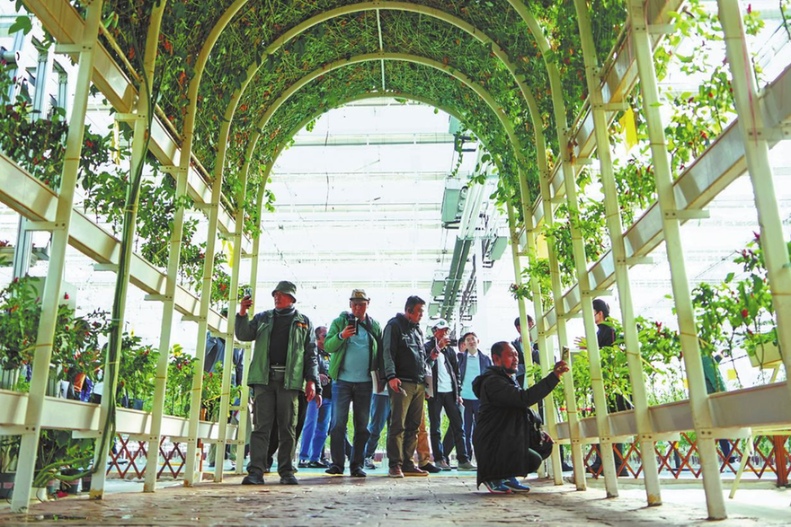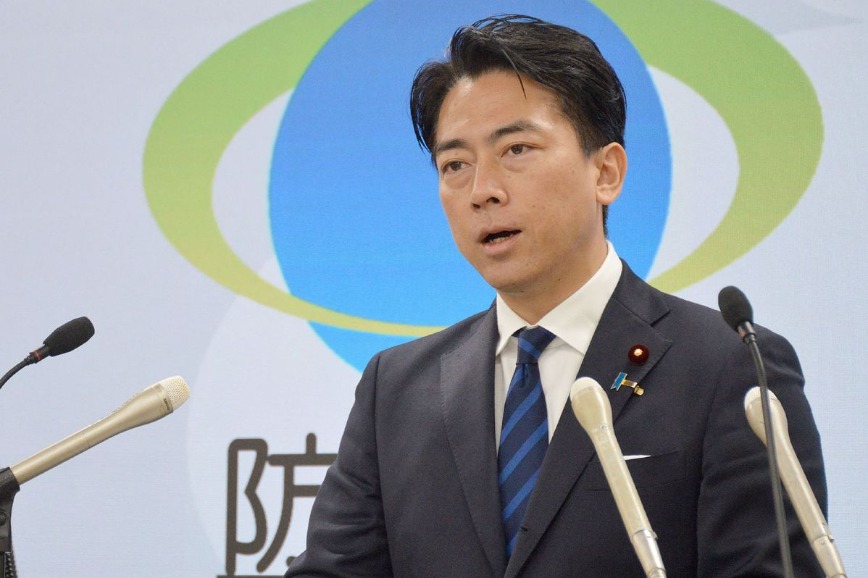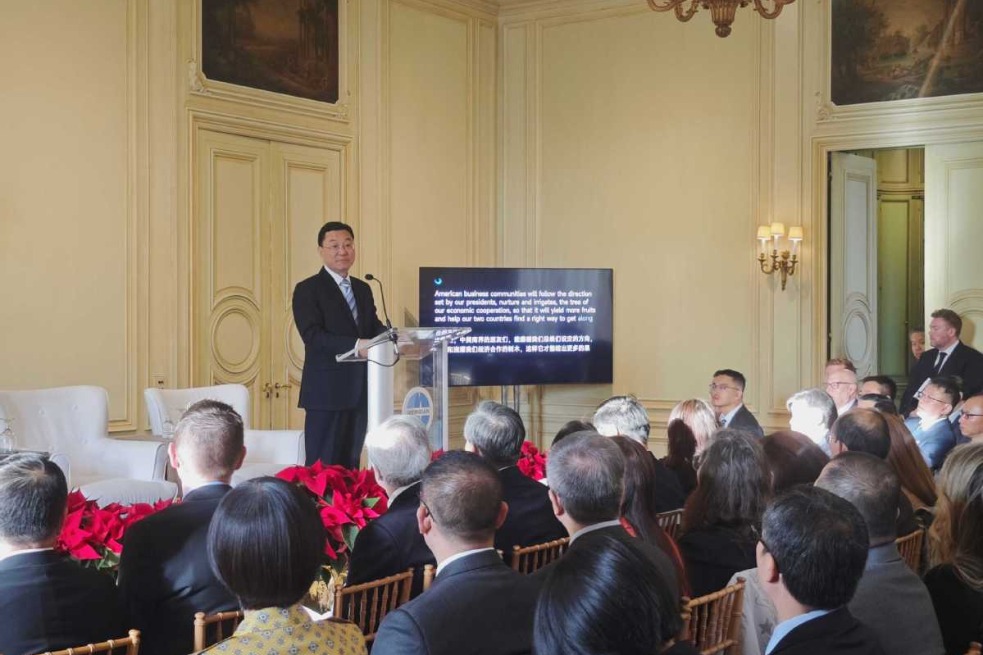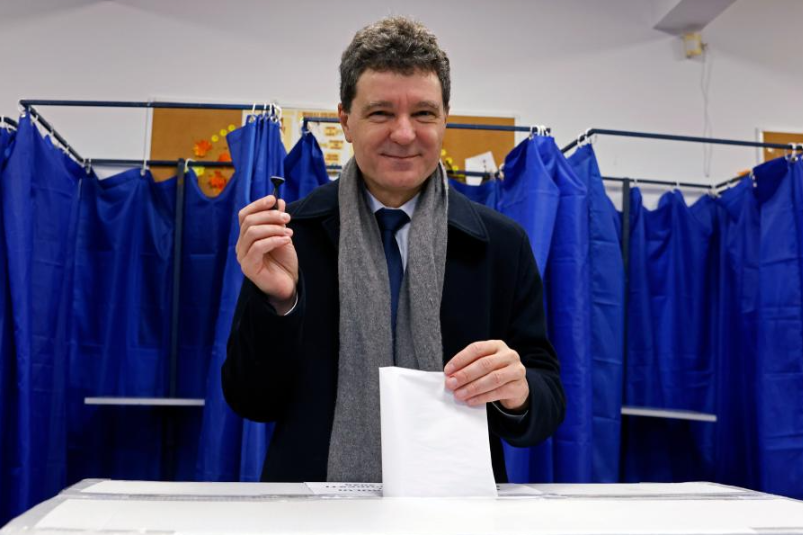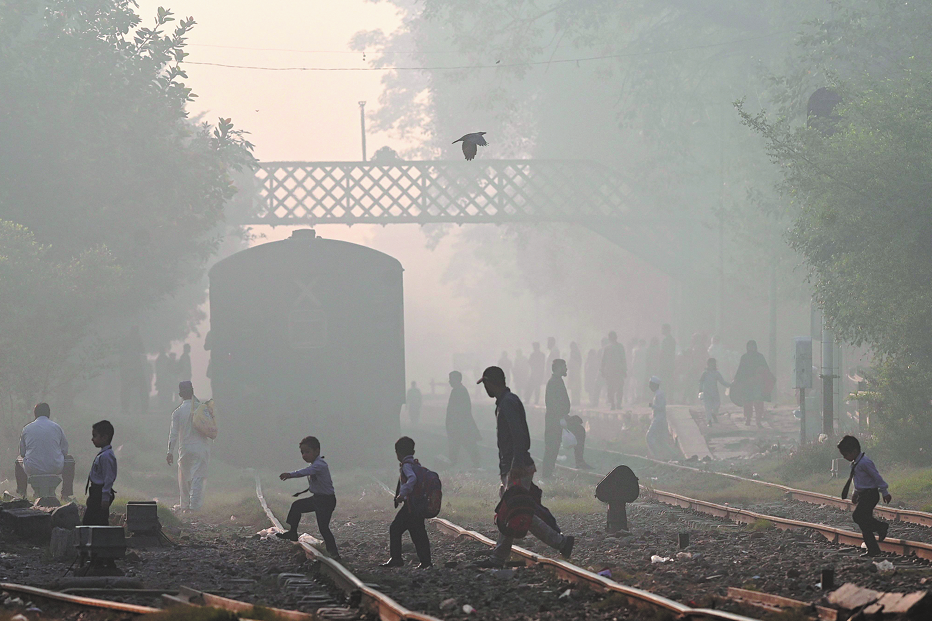New York commuters snarl at series of woes


Carlton Gordon, 61, who commutes to Brooklyn from Long Island, said, "I prefer to drive and not take trains, because they're always late."
A host of signal problems and broken crossing gates led Philip Eng, president of the LIRR since April, to promise improvements in August.
Under Eng, punctuality improved in April, May and June compared with the same months last year, according to a report from the LIRR.
The MTA also operates Metro-North trains to Westchester and Connecticut, and this system has been plagued with delays and circuit problems.
There have been two fatal crashes involving Metro-North trains in recent years. In 2013, two trains collided in The Bronx, injuring 60 people, while in 2015, six people died and 12 were injured in a derailment on the Harlem line.
Byford, the MTA president, has been hailed as a "Mr. Fix-It" for the subway since taking office in January last year. Originally from the United Kingdom, he proposed $40 billion worth of reforms in his "Fast Forward" plan.
One of Byford's major objectives is for trains to travel faster.
Last month, he raised the speed of trains on the N and R lines from 24 kilometers per hour to 48 k/ph. A deadly crash in 1995 had resulted in the lower speed limits.
Byford's team is also fixing 267 faulty signals, which slow trains. About 30 have already been repaired in Brooklyn.
With broken signals slowing trains even more, further upsetting commuters, Byford hired Pete Tomlin, a signals expert, who has worked on transportation systems in London, UK, and Toronto, Canada.
Pearlstein, of the Riders Alliance, said: "He (Byford) has experience fixing transportation on three continents. He is the right man for the job."
















